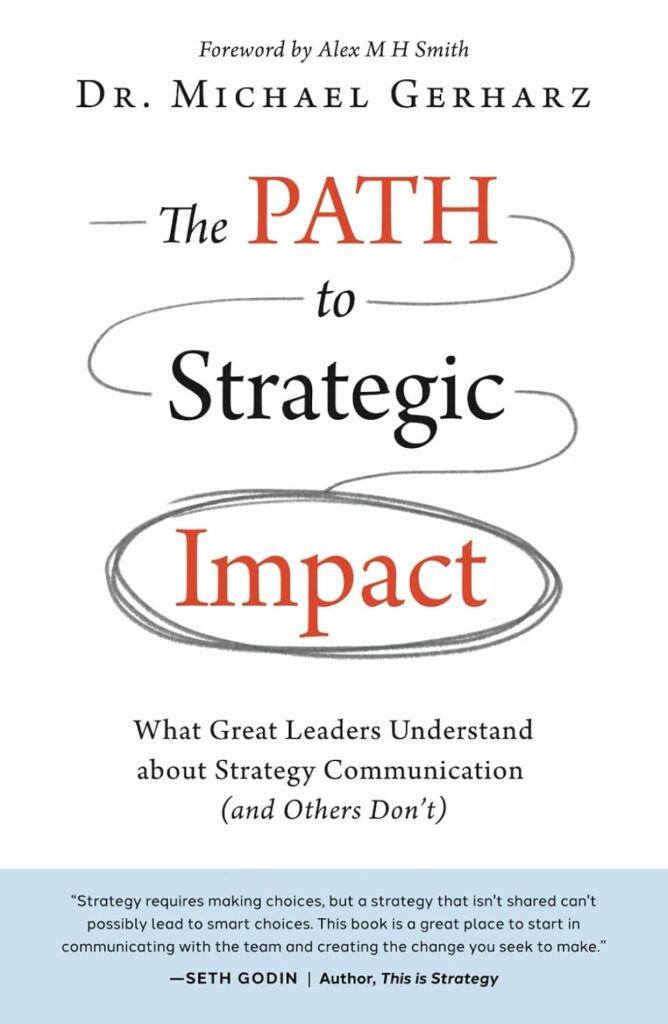While Christendom recently marked the miracle of the Nativity, there was another, less heralded miracle that largely went unnoticed.. I read a book. 😱
Turns out it was a good one, so much so I wrote a review on Amazon about it..
Here’s the book:
https://michaelgerharz.com/the-path/
Here’s the Amazon review:
In business, as in other applications, strategy is the equivalent of that elusive concept in physics that we call entropy. It’s hard to define, or is often defined incorrectly, and is more of a set of loosely-bound concepts you work with, than a precise formula you master. It is inferred, rather than directly measured. It may not feel concrete, but it is the invisible hand shaping the trajectory of an organization. If you have good or bad strategy in play in your organization, or no strategy at all, then its trajectory will reflect that.
Dr. Michael Gerharz, the author, homes in on one definition of strategy that stands up to scrutiny, one that we can all grasp. It is, he says, a commitment to how choices are made on your journey towards realizing your vision.
So even if you have a killer strategy, to come alive, it must make action inevitable throughout your organization. When choices are easier to make, action follows. And that can only happen when your strategy is properly communicated. If not, beautifully crafted as it may be, it will stay in your desk drawer, along with your plan to implement it.
Dr. Gerharz does not profess to have written a book about strategy; he says he has written one about strategy communication. And indeed he has, masterfully. If you want your strategy, even if it is a bad one, to be adopted by your team, then you should read this book.
Because when strategy is poorly communicated, especially internally, it is dead on arrival. In his book, the author gives us the tools needed to execute strategy, to make it real and thriving in your organization. He packages these tools, these principles, into a framework he calls the PATH, and who doesn’t love a good acronym, especially one that pretty much explains itself, is easy to remember, and thus is easy to follow? (You’ll have to read the book to find out what each letter in PATH stands for.)
The author writes in plain and simple language, reflecting one of the principles he promotes, using well-known case studies and brands to reinforce his message. The book is no longer than it needs to be, always a plus for me in business publications, but also not so short it leaves your understanding of the PATH lacking in any way.
As I always say, communication is the hardest work you’ll ever do. Dr. Gerharz’s book lightens your load in implementing your strategy, by lighting your path.

